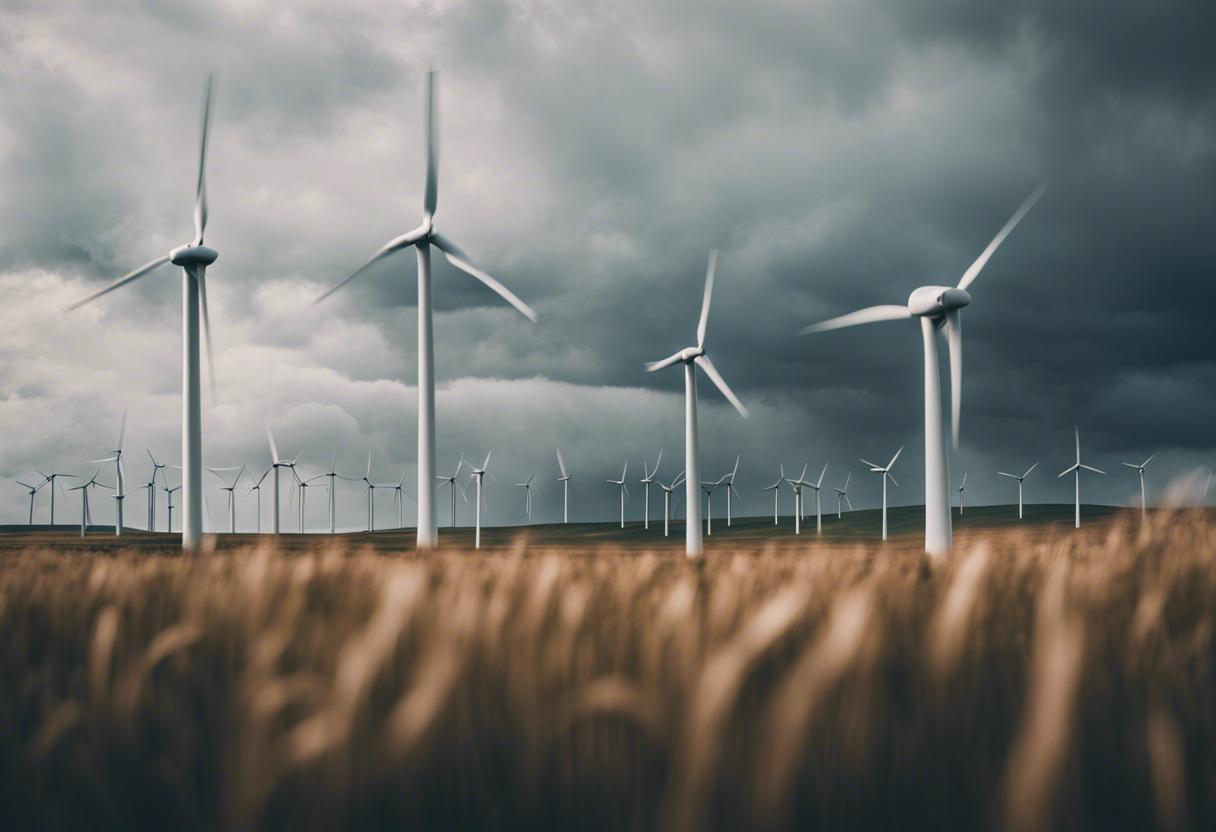County councils have been implicated in the increasing rejection rate of wind farm initiatives this year by the Irish planning board, An Bord Pleanála. According to a lobby group supporting the wind energy segment, this has come about due to the councils actively rezoning areas to obstruct new projects.
The claim was made by Wind Energy Ireland as it launched the inaugural edition of a series of quarterly reports it plans to release, which will closely monitor the progress of wind energy schemes throughout the planning process.
A report indicated that An Bord Pleanála gave the green light to four energy-producing initiatives, each with a capacity to generate 228 megawatts (MW) during the first half of the year. Conversely, it turned down eight projects with a total capacity of 459MW.
At the conclusion of the second quarter, a decision was still pending on whether to approve 30 other projects with a combined generation capacity of 1,766MW.
Wind Energy Ireland has stated that the four approved projects can only generate a quarter of the energy capacity required by Ireland to hit its targets for 2030.
To achieve the government’s Climate Action Plan aim of 9,000MW of onshore wind energy by 2030, it was estimated by the group that An Bord Pleanála ought to have sanctioned 860MW worth of new projects since the beginning of the year.
The lobbying group suggested that county councils’ actions to inhibit wind farm construction led to a rise in project rejection by An Bord Pleanála. The group explains, this includes projects obstructed by local authority’s rezoning decisions, primarily made with the intention of preventing a wind farm’s construction once it’s been announced or applied for planning.
The dichotomy between the EU and national climate policy and county development plans aimed at stalling new wind farm construction was strongly felt, expressed the chief executive of Wind Energy Islamd, Noel Cunniffe.
According to statements, measures against wind energy will inevitably lead to a rise in consumer costs, increasing reliance on unstable international energy markets and more expensive imported fossil fuels. This could also result in decreasing Ireland’s appeal to international business entities and a failure to leverage the economic advantages associated with local projects, including job creation, investment, council rates, and community contributions.
Wind Energy Ireland reported that, while there has been a reduction in the average decision time by An Bord Pleanála from 79 weeks to 74 for appeals and from 106 weeks to 80 for applications made directly to the board, the current timelines still significantly exceed what is required. They acknowledged occasional industry-side delays in providing additional information requested by the board, and recognised a small number of outlier cases skewing the average timeline. However, Mr. Cunniffe pointed out that the current planning system is insufficient and requires more investment in An Bord Pleanála to achieve the targets set for 2030.
A recent report by Wind Energy Ireland showed that wind energy accounted for a quarter of Ireland’s electricity usage last month, reflecting a 5 per cent increase compared to last year.

